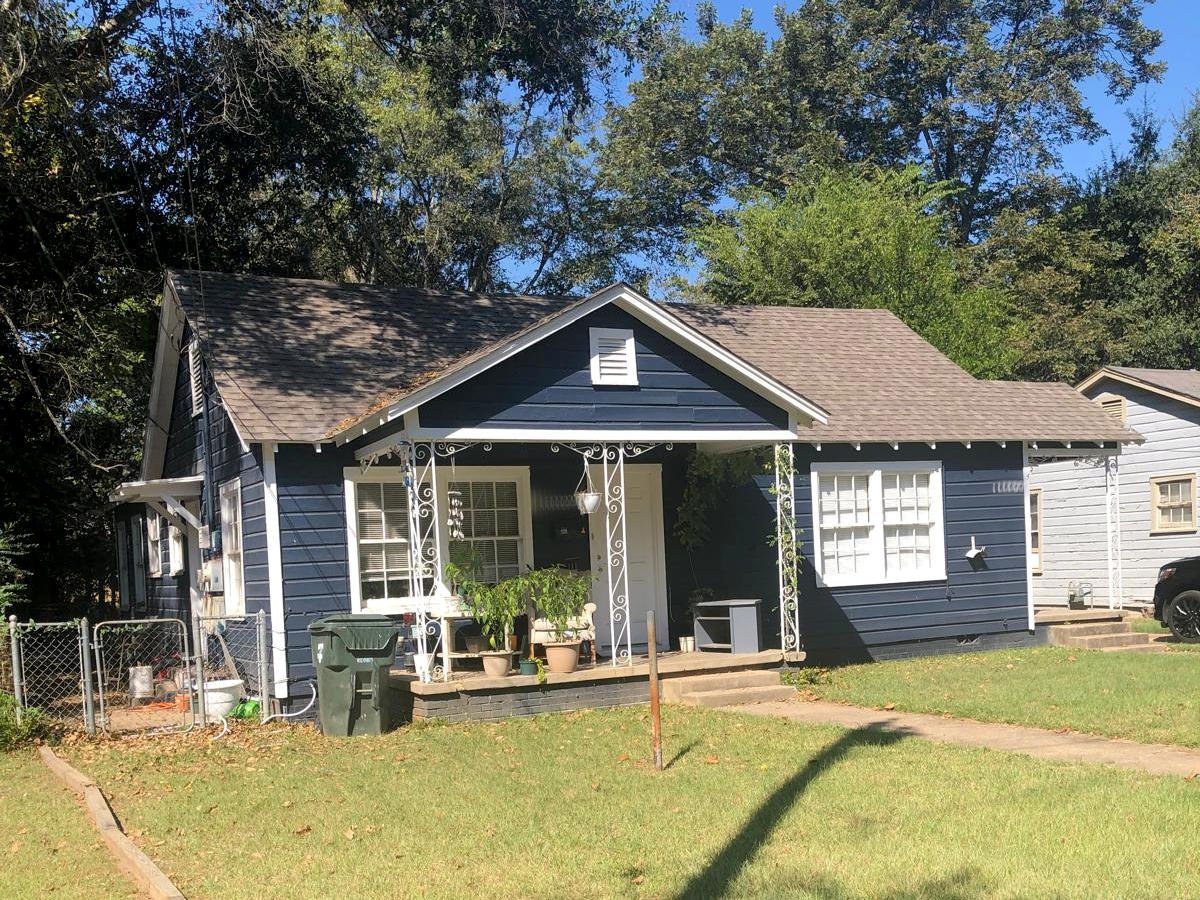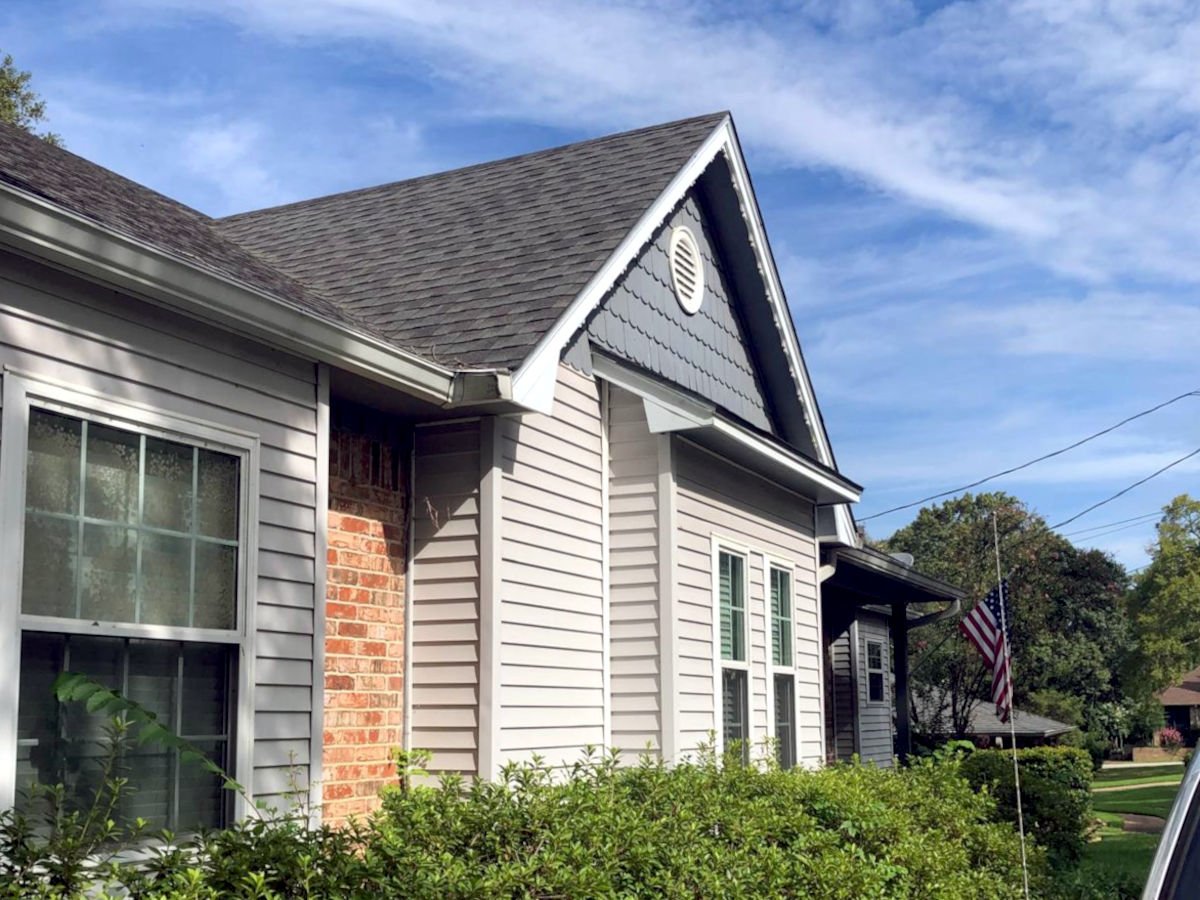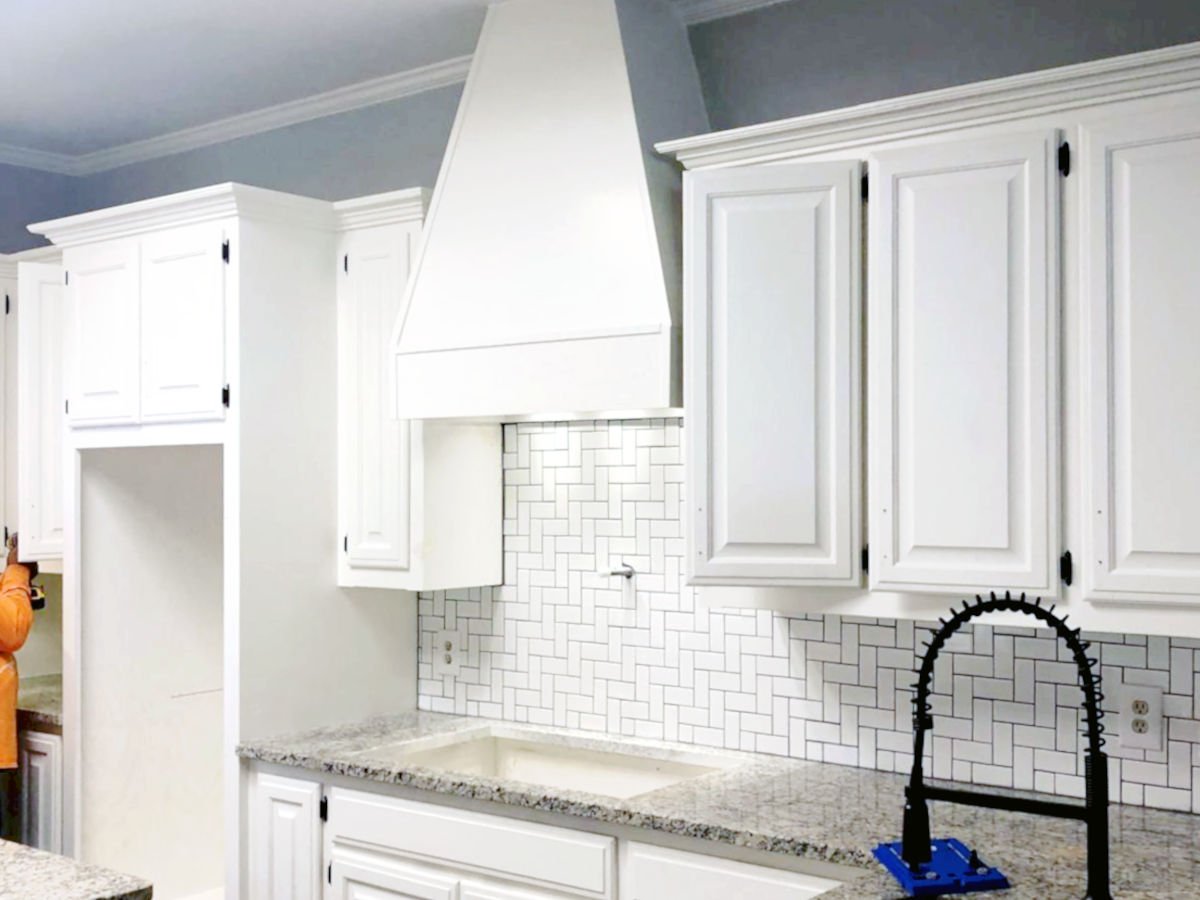What’s Best for Indoor Air Quality?
Is your freshly painted home making you sick? Could your stylish renovation be hiding invisible threats in the air your family breathes?
In the world of home improvement—especially in indoor painting and remodeling—what you can’t see can hurt you. Every brushstroke of traditional paint may release harmful chemicals into your home, compromising the health of your family, especially children, seniors, and pets. The solution? A growing movement toward Low-VOC (Volatile Organic Compounds) paints. But is it worth the switch? And do they really perform as well?
This article dives deep into the real differences between Low-VOC and traditional paints, with a special focus on indoor air quality, health impacts, cost, performance, and what every homeowner in the construction, repair, and remodeling space needs to know before their next project.
🧪 What Are VOCs — And Why Should You Care?
VOCs are chemical compounds that easily evaporate at room temperature and are commonly found in paints, solvents, cleaning products, and adhesives. When you apply traditional paint, VOCs are released into the air, a process called “off-gassing,” which can last for days or even weeks.
Common health effects of high VOC exposure:
- Headaches and dizziness
- Respiratory irritation (especially for asthma sufferers)
- Eye, nose, and throat discomfort
- Long-term exposure risks: liver/kidney damage, central nervous system effects
- Some VOCs (like formaldehyde) are known carcinogens
🧼 What Are Low-VOC and Zero-VOC Paints?
🔹 Low-VOC Paints
- Contain fewer VOCs than standard paints (typically < 50 g/L for flat finishes)
- Meet EPA or LEED standards for indoor environmental quality
- Available in latex, acrylic, and water-based varieties
🔹 Zero-VOC Paints
- Contain fewer than 5 g/L of VOCs
- Often free from additional harmful chemicals like ammonia and formaldehyde
- May still emit some odor due to pigments or additives
🧠 Low-VOC vs. Traditional Paints — The Complete Comparison
| Feature | Low-VOC Paints | Traditional Paints |
|---|---|---|
| VOC Content | < 50 g/L (often less) | 150–300+ g/L |
| Odor | Mild to none | Strong chemical smell |
| Dry Time | Comparable or slightly longer | Fast drying |
| Durability | Improved in modern formulas | Very durable |
| Color Range | Slightly limited (in Zero-VOC) | Wide range available |
| Cost | $30–$70 per gallon | $20–$50 per gallon |
| Health Risks | Minimal | Moderate to high |
| Eco-Friendly? | ✅ Yes | ❌ No |
| Best Use Case | Indoor rooms, homes with kids | Industrial or exterior jobs |
🏡 When Indoor Air Quality Becomes a Priority
Indoor air is 2–5 times more polluted than outdoor air, according to the U.S. Environmental Protection Agency (EPA). And when painting indoors, especially in poorly ventilated spaces like bedrooms, nurseries, or bathrooms, VOC exposure increases dramatically.
High-risk groups:
- Babies and young children
- People with asthma or respiratory issues
- Seniors
- Pets (especially birds and cats)
Using Low-VOC paints helps ensure safer, cleaner air during and after painting, without compromising on the finish.
💰 Are Low-VOC Paints Worth the Extra Cost?
Yes—especially if you value your health, long-term home value, and peace of mind.
While Low-VOC and Zero-VOC paints can cost 10–30% more per gallon, the benefits in air quality and health far outweigh the difference. Plus, many brands now offer premium Low-VOC paints that match or exceed the performance of traditional options.
Homeowners in East Texas are already making the switch, especially during:
- Nursery or children’s room renovations
- Whole-house repaints during pregnancy
- Rental property improvements to appeal to health-conscious tenants
✅ Recommended Low-VOC Paint Brands
- Benjamin Moore Natura (Zero-VOC)
- Sherwin-Williams Harmony
- Behr Premium Plus Ultra
- ECOS Paints (non-toxic, Zero-VOC)
- AFM Safecoat (ideal for chemically sensitive individuals)
🛠 Pro Tip for Contractors and DIYers
If you’re in the remodeling, painting, or construction business, offering Low-VOC paint options can give you a competitive edge. Today’s homeowners—especially millennials and eco-conscious clients—actively search for non-toxic and environmentally friendly services.
👉 Use it as a selling point: “We use Low-VOC, family-safe paints for a healthier home environment.”
📚 Related Articles That Should Be Explored Next
- “How to Ventilate Your Home During and After Painting Projects”
– Practical tips to reduce indoor pollution and speed up curing time. - “The Top Health Benefits of Low-VOC Paints for Kids and Pets”
– Great for targeting family-focused homeowners. - “Low-VOC vs. No-VOC vs. Natural Paints: What’s the Difference?”
– A deep dive into eco-paint terminology and marketing claims. - “Which Paint Finishes Are Best for Indoor Air Quality?”
– Discussing matte, eggshell, satin, and gloss in the context of health. - “Low-VOC Construction Materials Beyond Paint: Flooring, Adhesives, and More”
– Positioning your brand as a full-scope healthy remodeler. - “How to Choose Safe Paint for Allergy Sufferers and Chemically Sensitive Clients”
– Niche but valuable segment to target.
🎯 Final Thoughts — A Fresh Coat of Paint Shouldn’t Come with a Health Warning
Here’s the truth: we no longer have to choose between beauty and safety.
Low-VOC and Zero-VOC paints have evolved dramatically over the past decade. They now offer stunning finishes, long-lasting durability, and peace of mind, making them the clear choice for homeowners who care about indoor air quality.
So whether you’re repainting a single room or overseeing a full remodel, the question isn’t “Can I afford Low-VOC paint?” It’s “Can I afford to breathe anything else?”








Pingback: Preparing Your Home for Interior Painters
Pingback: Understanding Paint Finishes (Sheens)
Pingback: Interior vs. Exterior Paint: What You Need to Know Before You Buy
Pingback: The Best Paint Finishes for Each Room in Your House
Pingback: Eco-Friendly Paint Options for Healthier Living Spaces